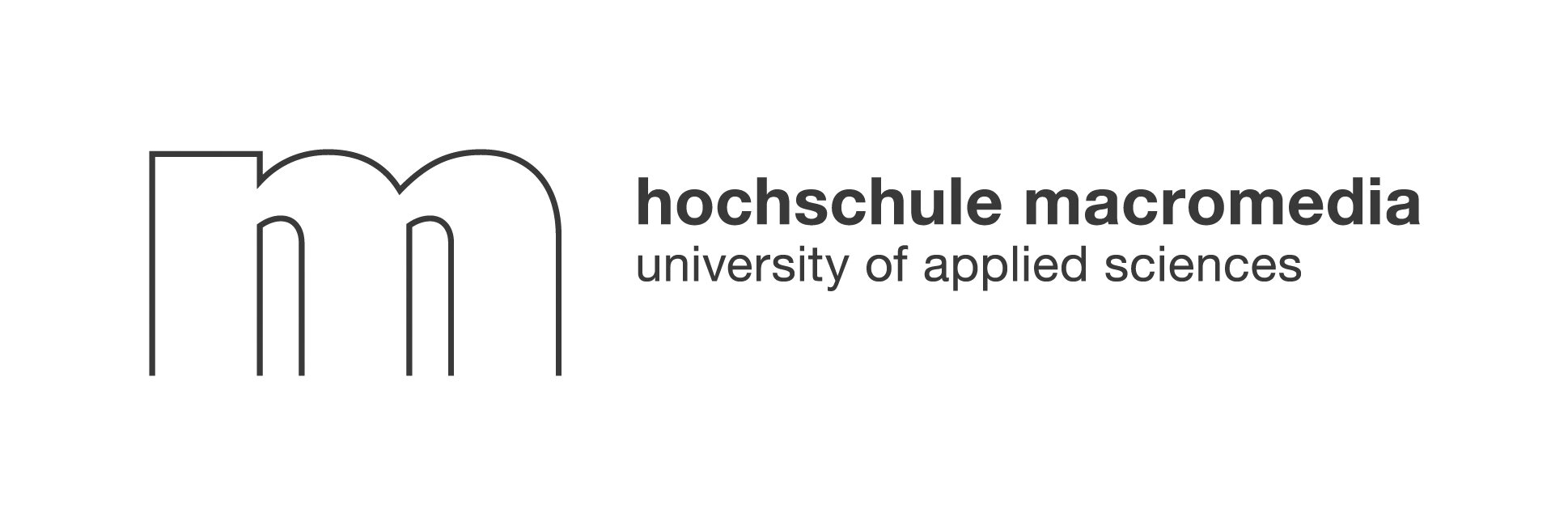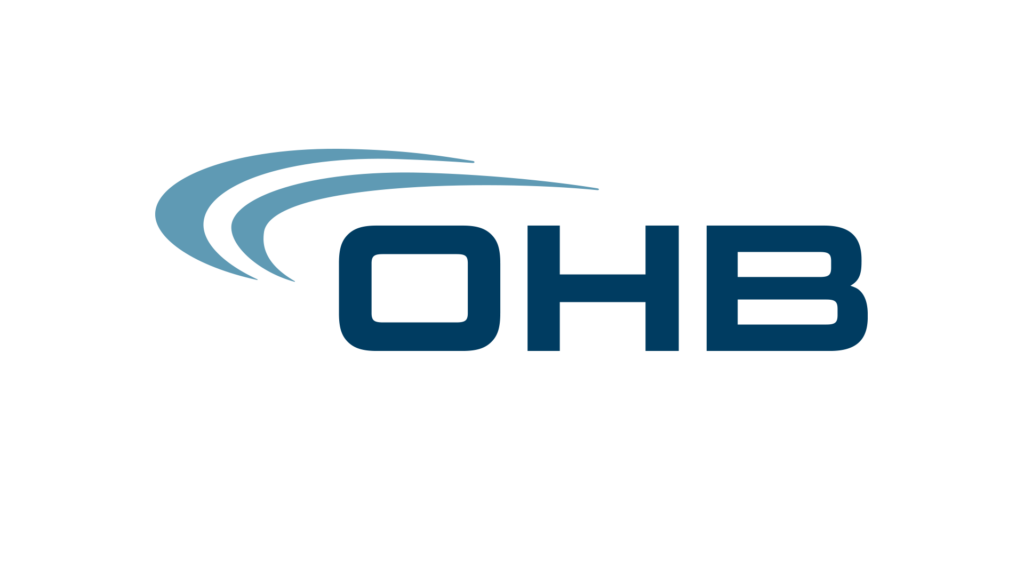The workplace is evolving. Today, employees crave more than just a paycheck and perks—they want to feel part of a genuine community. Organizations that succeed at building a thriving community by integrating employee benefits with existing workplace programs are seeing remarkable results: higher productivity, stronger retention, and a culture where people want to belong. But how can these elements fit together seamlessly? This guide will walk you through the steps, pitfalls, and proven strategies for making your workplace a place where everyone thrives. Let's open the door to a new era of work—one where benefits and community blend to create lasting impact. Learn more about creating a positive workplace culture in our comprehensive guide.
From Perks to People: The Business Case for Community-Centric Benefits
Productivity, Retention, and Culture Wins
The traditional approach to employee benefits focused on checklists: health insurance, retirement plans, maybe a gym discount. But research shows that when organizations shift from transactional perks to people-centered benefits, the impact multiplies.
Gallup's studies reveal that employees who feel connected at work are 3.5 times more engaged and have 50% lower turnover risk. A sense of community fuels motivation, reduces burnout, and encourages knowledge sharing. In fact, 77% of employers agree that wellbeing initiatives improve company culture, while 74% see them as vital for attracting and retaining talent.
A workplace should be more than a place for completing tasks; it should also be a space where people connect, grow, and find purpose.
— Make a Difference Media
Lessons from Leading Workplace Research
The 2022 Global Benefits Attitudes survey found that up to 69% of companies now prioritize wellbeing in their benefits strategy. Yet, only 46% of employees feel supported by these efforts, highlighting a disconnect between intent and impact. This gap underscores the need for integration: aligning benefits with real employee needs, and weaving them into the daily fabric of workplace life.
Community-centric benefits—like group wellness activities, peer support networks, and flexible learning opportunities—are proven to boost morale, collaboration, and innovation. The evidence is clear: building a thriving community by integrating employee benefits with existing workplace programs isn't just a trend; it's a competitive advantage. For more insights on implementing effective wellness programs, check out our guide on corporate wellness strategies.
Auditing Your Current Landscape of Benefits and Workplace Programs

Mapping Physical, Mental, Social, and Financial Offerings
Before you can build a thriving community through integration, you need a clear map of what's already in place. Start by listing every benefit and program offered, categorizing them into four key areas:
- Physical: Health insurance, gym memberships, fitness challenges, nutrition programs
- Mental: Employee Assistance Programs (EAPs), meditation apps, stress management workshops
- Social: Team-building events, Employee Resource Groups (ERGs), volunteering opportunities
- Financial: Retirement plans, financial counseling, tuition reimbursement
This mapping exercise helps reveal both the strengths and the blind spots in your current offerings.
Spotting Overlap, Silos, and Glaring Gaps
Often, benefits and programs grow organically, managed by different departments. This can lead to:
- Overlap: Multiple initiatives serving the same need, wasting resources
- Silos: Teams unaware of each other's efforts, reducing impact
- Gaps: Missing support for key areas like social connection or mental health
To spot these issues, create a simple table like the one below:
| Category | Existing Offerings | Owner/Department | Gaps or Overlaps? |
|---|---|---|---|
| Physical | Gym, health plan, step challenge | HR, Wellness | Overlap in fitness; no nutrition program |
| Mental | EAP, mindfulness app | HR | No stress workshops |
| Social | ERGs, team lunches | DEI, Managers | Siloed by location |
| Financial | 401(k), financial advice | Finance, HR | No student loan support |
This snapshot clarifies where integration can make the most difference.
Co-Designing a Thriving Community: Integrating Employee Benefits with Existing Workplace Programs
Employee Listening Methods That Surface Real Needs
The best integration starts with listening. Use these methods to uncover what matters most to your people:
- Surveys and pulse polls: Quick, anonymous feedback on current benefits and unmet needs
- Focus groups: In-depth discussions across diverse employee segments
- Suggestion boxes and digital platforms: Ongoing channels for fresh ideas
Bridging the gap between employer offerings and employee satisfaction requires deeply understanding employees' needs and wellness goals.
— Shortlister
These listening tools make employees feel heard and valued, setting the stage for authentic community-building.
Aligning Initiatives with Diverse Workforce Segments
One size never fits all. Today's workforce spans five generations, with varied backgrounds, interests, and schedules. Integration succeeds when benefits are tailored and flexible. For example:
- Offer both in-person and virtual wellness activities
- Provide learning options for early-career and senior staff alike
- Support ERGs for different identities and interests
By aligning initiatives with your workforce's diversity, you ensure everyone can participate—and thrive.
Stacking Wellness, Learning, and Social Connectedness into One Cohesive Framework
Wellness Layers: Physical, Mental, Financial
A thriving community supports the whole person. Integrating employee benefits with existing workplace programs means layering wellness across all dimensions:
- Physical: Fitness classes, health screenings, ergonomic assessments
- Mental: Counseling, mindfulness sessions, stress relief resources
- Financial: Budgeting workshops, debt management tools
This holistic approach is proven to reduce absenteeism, boost job satisfaction, and lower healthcare costs. For example, companies with robust wellness programs report up to 70% higher job satisfaction and 56% fewer sick days. Discover more about employee wellbeing programs that can support your organization's goals.
Learning and Career Communities
Growth fuels engagement. Integrate learning opportunities by:
- Creating skill-sharing groups and mentorship circles
- Hosting regular workshops or "lunch and learns"
- Recognizing and rewarding participation in career development
Learning communities not only upskill employees but also foster cross-departmental connections and innovation.
Social Connection Channels and ERGs
Social bonds are the glue of workplace community. Integrate social offerings by:
- Supporting Employee Resource Groups (ERGs) for shared identities or interests
- Launching peer support networks and buddy systems
- Using digital platforms (like Neroia) that suggest small-group activities based on personal interests
These channels help employees effortlessly discover authentic connections, regardless of their role or location. Learn more about workplace social benefits and how they can transform your organization.
Governance, Budgeting, and Stakeholder Ownership
Building a Cross-Functional Benefits Council
Successful integration needs clear governance. Form a cross-functional council representing HR, DEI, finance, IT, and employees from various levels. This group:
- Oversees the integration process
- Champions new initiatives
- Ensures alignment with company values
A benefits council breaks down silos, fosters transparency, and drives sustained engagement.
Setting Realistic Budgets and ROI Metrics
Integration is an investment. Set a budget by:
- Defining clear goals (e.g., reduce turnover by 10%)
- Assessing current resources and reallocating where possible
- Allocating funds for new initiatives and technology
Measure ROI using participation rates, health outcomes, and retention data. According to industry benchmarks, wellness programs can cost between $150 and $1,200 per employee annually, but the returns in productivity and satisfaction often outweigh the spend.
Creating Policies That Scale
A formal policy ensures consistency and scalability. It should:
- Outline eligibility, participation guidelines, and privacy protections
- Integrate with existing HR and compliance frameworks
- Include mechanisms for regular review and improvement
This foundation allows your integrated community approach to grow alongside your organization.
Activating Participation and Belonging Across On-Site, Remote, and Hybrid Staff
Gamified Challenges and Peer Recognition
Engagement thrives on motivation and fun. Spark participation with:
- Step or wellness challenges tracked via mobile apps
- Points and rewards for joining activities or reaching milestones
- Peer recognition programs that celebrate contributions publicly
Recognizing active members motivates participation and strengthens engagement.
— Pebb
These strategies tap into friendly competition and social bonds, making participation irresistible.
Manager and Leadership Role Modeling
Culture starts at the top. When leaders and managers actively join and promote community initiatives, participation soars. According to the Health Enhancement Research Organization, leadership involvement can increase health program engagement by 13% or more. Additionally, research from the World Health Organization shows that supportive leadership is crucial for employee mental health and wellbeing.
Encourage leaders to:
- Attend wellness events or learning sessions
- Share their own stories and successes
- Publicly support employee-led initiatives
Flexibility and Choice Architecture
True belonging means everyone can find their fit. Offer flexibility by:
- Scheduling activities at varied times and formats (in-person, virtual, asynchronous)
- Providing a menu of options, from sports to mindfulness to book clubs
- Allowing employees to form their own interest groups
This "choice architecture" respects individual needs and maximizes inclusion.
Measuring Success and Iterating for Continuous Community Growth
Engagement, Health, and Retention KPIs
To know if your integrated approach is working, track these key performance indicators:
- Engagement: Participation rates in programs and events
- Health: Changes in absenteeism, stress levels, and health claims
- Retention: Employee turnover and satisfaction scores
Regular measurement turns anecdotal wins into data-driven progress.
Feedback Loops and Quick Wins
Continuous improvement relies on feedback. Use:
- Quarterly pulse surveys
- Digital suggestion boxes
- Focus groups after major events
Act quickly on feedback to deliver visible "quick wins," such as adding a new activity or improving communication about benefits.
Collecting regular feedback not only helps you identify areas for improvement but also demonstrates to employees that their input is valued.
— Pebb
Storytelling to Sustain Momentum
Stories inspire action. Share success stories:
- Highlight teams that increased engagement or improved wellbeing
- Feature personal testimonials from employees who found value in new programs
- Celebrate milestones and community achievements in company-wide communications
Storytelling keeps the community spirit alive and encourages ongoing participation.
Sample Integrated Framework for Building a Thriving Community

| Integration Layer | Example Programs/Tools | Success Metric | Owner(s) |
|---|---|---|---|
| Physical Wellness | Fitness classes, health screenings, step challenges | Participation rate, reduced sick days | HR, Wellness Council |
| Mental Wellness | EAP, mindfulness app, peer support groups | Stress survey results | HR, ERG Leaders |
| Financial Wellness | Budgeting workshops, retirement planning | Financial wellbeing scores | Finance, HR |
| Learning & Development | Skill-sharing, mentorship, workshops | Training hours, promotions | L&D, Managers |
| Social Connection | ERGs, volunteer programs, digital activity platforms | Event attendance, survey feedback | DEI, Community Managers |
Benefits of Integrating Employee Benefits with Workplace Programs
- Boosts employee engagement and job satisfaction
- Reduces turnover and absenteeism
- Encourages authentic connections and collaboration
- Supports holistic wellbeing (physical, mental, financial, social)
- Strengthens company culture and values
Common Pitfalls to Avoid
- Overlapping or redundant programs that confuse employees
- Siloed management of benefits, leading to missed opportunities
- Ignoring remote or hybrid staff in community initiatives
- Lack of leadership involvement or support
- Failure to measure impact and iterate
Steps to Build and Sustain a Thriving Community
- Audit current benefits and programs: Map all offerings and identify gaps.
- Listen to employees: Use surveys and focus groups to understand real needs.
- Co-design integrated solutions: Align with workforce diversity and preferences.
- Establish governance and budgeting: Form a cross-functional council and set clear metrics.
- Activate participation: Use gamification, recognition, and flexible options.
- Measure and iterate: Track KPIs, gather feedback, and share success stories.
Conclusion: Future-Proofing Your Workplace with Community-Centric Integration
Building a thriving community by integrating employee benefits with existing workplace programs isn't just about ticking boxes. It's about creating an environment where every individual feels valued, connected, and empowered to do their best work. When organizations invest in holistic, people-centered integration—supported by clear governance, active leadership, and continuous feedback—the results are transformative: higher engagement, lower turnover, and a culture that attracts top talent.
Platforms like Neroia are paving the way, helping companies effortlessly discover authentic connections and seamlessly integrate new and existing programs. By focusing on what employees truly need and providing the flexibility and support to meet those needs, your organization can unlock a future where everyone thrives—together. For more ideas on fostering connection, explore our guide on cultural activities for employees.
Ready to build your thriving community? Let Neroia help you create the workplace where engagement, wellbeing, and culture come alive.




